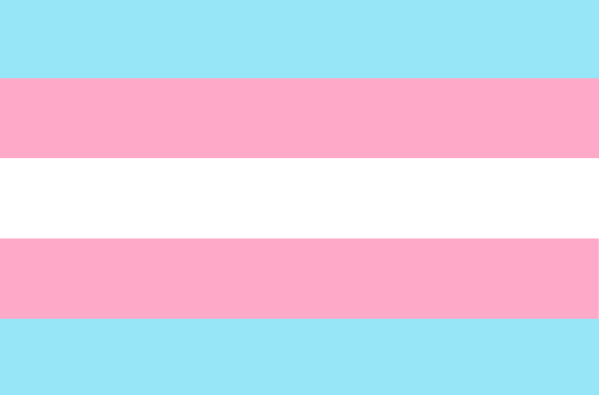March 31st is International Transgender Day of Visibility.
Transgender Day of Visibility was created by trans advocate Rachel Crandall, the head of Transgender Michigan, in 2010. As explained in this discussion about visibility and representation from GLAAD, with most media stories about transgender people being about violence, “she hoped to create a day where people could re-focus on celebrating the lives of transgender people, empowering them to live authentically, while still acknowledging that due to discrimination, not every trans person can or wants to be visible.”
While we celebrate Rachel Levine being confirmed as the first openly trans federal official, we face the disappointing reality of anti-transgender legislation passing in three states and proposed in another 25. We need to take action to resist threats to transgender rights while we work to improve inclusion both in the legal profession and everywhere.
Transgender Day of Visibility offers a practical reminder for allies to focus on making it a priority to be informed, to slow down our thinking to apply what we’re learning in often uncomfortable ways, and to be willing to make continued sacrifices like having uncomfortable, difficult conversations and speaking up when it feels risky for our own careers. As expressed in Transcending the Binary: Inclusion for Transgender and Non-Binary Attorneys, by Lea S. Gutierrez, Director of Diversity & Inclusion at the Illinois Attorney Registration and Disciplinary Commission:
Maybe the people with whom we interact are transgender and/or non-binary, and we don’t know it, or perhaps they have transgender and/or non-binary people in their lives that they care about. And even if none of that is the case, all of us will likely interact with transgender colleagues, litigants and witnesses, opposing counsel, clients, court personnel, and others at some point in the course of our practice. Therefore, instead of presuming that being cisgender is the norm, we should shift our mindset to presuming the opposite. This will force us to evaluate our behaviors and our current workplace processes, practices, culture, and climate relative to transgender inclusion under the premise that many people do not fit neatly into the binary of male or female. Awareness of this issue can help break down the barriers to full equality and inclusion in the workplace and the profession that transgender and non- binary attorneys face.
To be allies, we need to learn about others’ experiences regularly, and prioritize action over our own comfort. We can listen both by finding information online and by making personal and professional connections with diverse backgrounds. A couple starting places to learn about transgender experiences in the legal profession include Transgender Lawyers That Inspire Us from Columbia Law School’s Gender & Sexuality Blog in 2015 and Getting Real: Transgender Attorneys Talk About Coming Out in the Workplace from the Minority Corporate Counsel Association. Additional resources are included in the section below.
Tips for working with transgender clients can be found here from CB Baga, an associate at Faegre Baker Daniels and founder of the Trans Legal Clinic.
Related Updates & Resources
Amplifying Unheard Voices: Perspectives of Trans and Gender Nonconforming Attorneys, Organizers, and Advocates of Color (Boston Bar Association, June 2021)
Transgender Day of Visibility Resource Listing from GLSEN
Tips on Making Your Practice Gender/LGBTQ Inclusive (ABA Law Practice Today January 2020)
Creating a Trans-Inclusive Workplace (Harvard Business Review, April 2020)
It’s Gotten Better to Be LGBTQ in Big Law, but Struggles Remain (Bloomberg Law, June 2020)
Tips for Allies of Transgender People (GLAAD)
‘The Candy Book’ and 5 Other Reads that Defy ‘Outdated Rules of Gender’ (CNN, March 2021)
LGBTQ+ Legal Victory in History (GQ, June 2020)
Remembering Robina Asti, 99-Year-Old Pilot, WWII Veteran, and Transgender Icon (CBC Radio, 2021) – Hat tip to the National LGBT Bar




